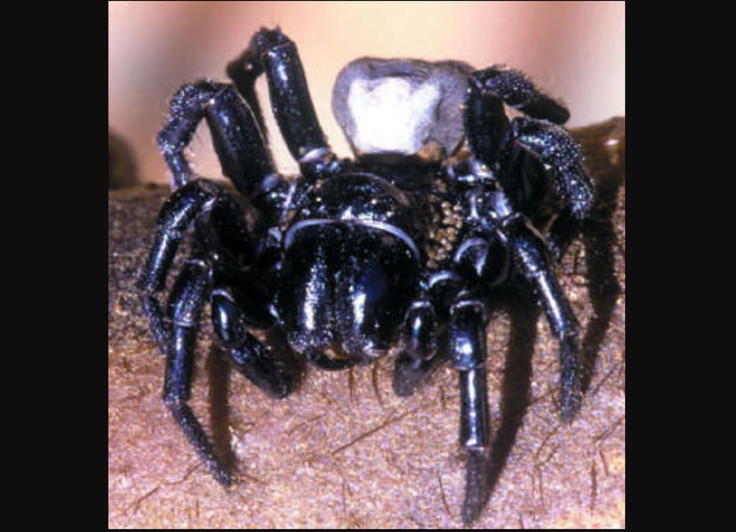Deadly Funnel-Web Spider Bites 2-Year-Old Child, Victim Hospitalized
A 2-year-old child was airlifted to a hospital in Australia after being bitten by a highly venomous funnel-web spider.
The incident took place early Monday in a village in the Mid North Coast region. The spider likely bit the child at her home, following which paramedics rushed to the scene and treated her before the Westpac Rescue Helicopter arrived, media outlet NBN News reported.
After reaching the hospital, the Critical Care Medical Team treated the child, and stabilized her before she was flown to Newcastle for further treatment.
It remains unclear when the spider entered the rural property and bit the child. It is also unclear if the spider was caught by the people present at the scene at the time of the incident.
Funnel-web spiders are highly venomous and are found in eastern Australia. There are at least 40 species of funnel-web spiders, they are medium to large in size and their body color can vary from black to brown, according to the Australian Museum. Most of these spider species are known for their highly toxic and fast-acting venom.
Funnel-web venom is lethal because it contains a type of neurotoxin called “delta-hexatoxin.” However, a research in 2020 showed these spiders kill humans by accident rather than intending to attack. The research, published in Proceedings of the National Academy of Sciences of the United States of America, revealed the spider species are not out to attack humans, but a conflict occurs due to coincidence or if it feels threatened.
Funnel-web spider bites have been occasionally fatal. The species is capable of causing death in as little as 15 minutes. However, no deaths have been recorded since the development of the antivenom in the early 1980s.
In January, a woman living in Goulburn, New South Wales, was terrified after she found a funnel-web spider in her backyard. Holly Catt said the spider was inside a tarp covering her lawnmower, near to where her young children play. “It fell right next to my foot,” she said, adding that she somehow managed to remove the spider. She then shared the image with the Goulburn Region Spider Seekers to confirm its species.






















